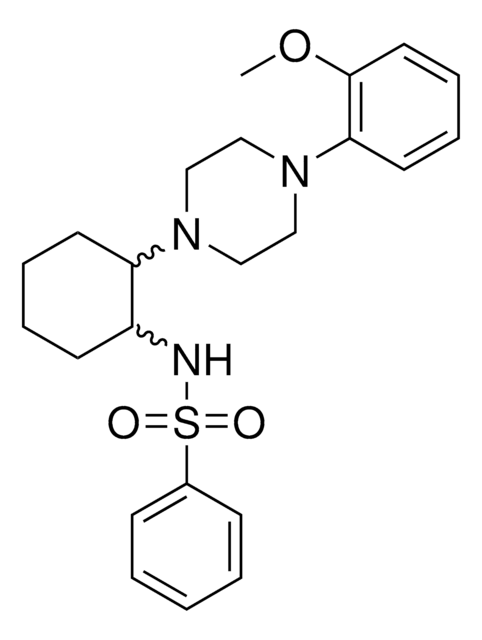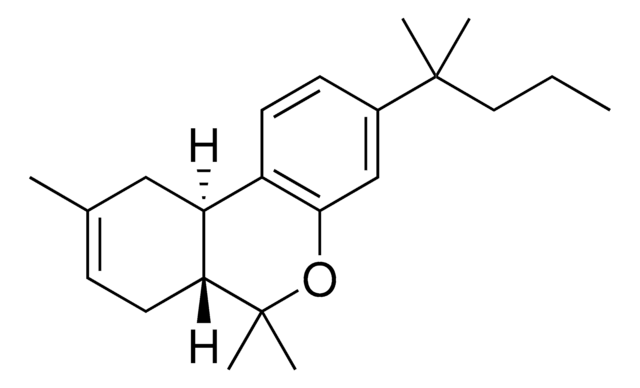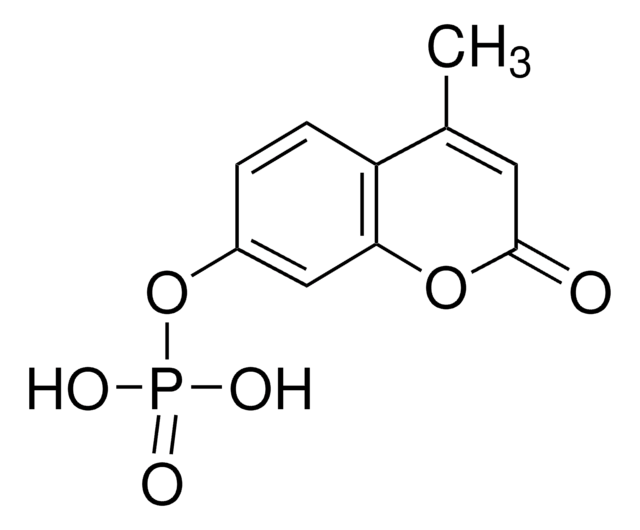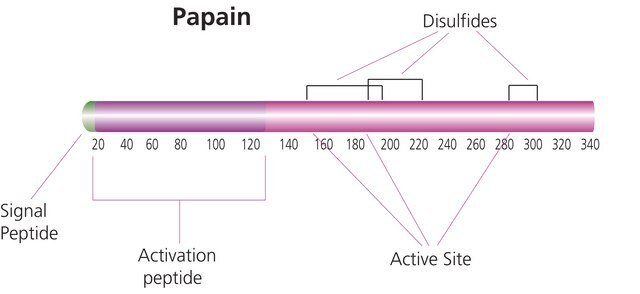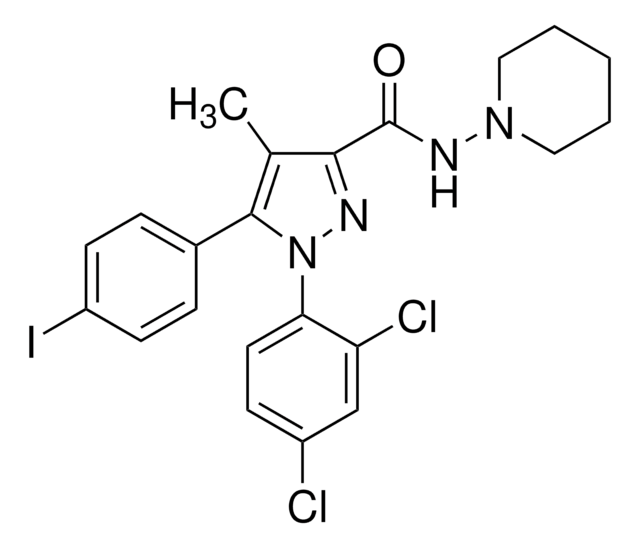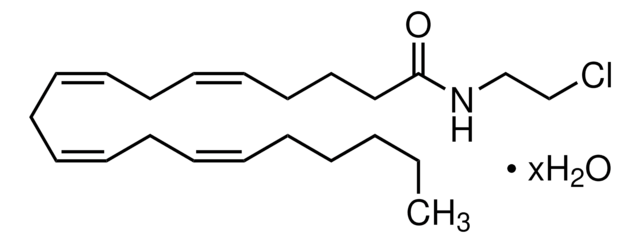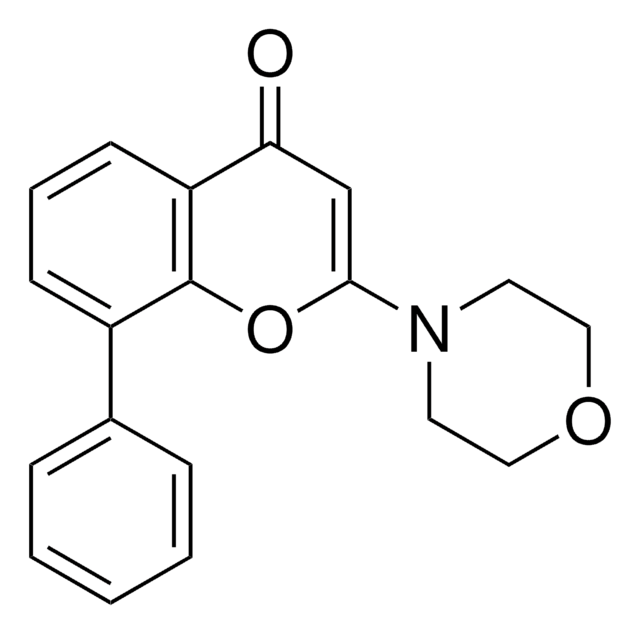Kluczowe dokumenty
G1421
GW405833 hydrochloride
≥98% (HPLC), solid
Synonim(y):
1-(2,3-Dichlorobenzoyl)-5-methoxy-2-methyl-(3-(morpholin-4-yl)ethyl)-1H-indole hydrochloride, 242 hydrochloride, L-768, L-768242 hydrochloride, L768242 hydrochloride, ML-SI1 hydrochloride
About This Item
Polecane produkty
Poziom jakości
Próba
≥98% (HPLC)
Formularz
solid
kontrola substancji
regulated under CDSA - not available from Sigma-Aldrich Canada
warunki przechowywania
desiccated
kolor
white to pink
rozpuszczalność
DMSO: soluble >10 mg/mL
H2O: insoluble <2 mg/mL
temp. przechowywania
2-8°C
ciąg SMILES
Cl.COc1ccc2n(c(C)c(CCN3CCOCC3)c2c1)C(=O)c4cccc(Cl)c4Cl
InChI
1S/C23H24Cl2N2O3.ClH/c1-15-17(8-9-26-10-12-30-13-11-26)19-14-16(29-2)6-7-21(19)27(15)23(28)18-4-3-5-20(24)22(18)25;/h3-7,14H,8-13H2,1-2H3;1H
Klucz InChI
JIQYDHDVNNFPMU-UHFFFAOYSA-N
Zastosowanie
Działania biochem./fizjol.
Cechy i korzyści
Hasło ostrzegawcze
Danger
Zwroty wskazujące rodzaj zagrożenia
Zwroty wskazujące środki ostrożności
Klasyfikacja zagrożeń
Acute Tox. 3 Oral - Aquatic Chronic 4
Kod klasy składowania
6.1C - Combustible acute toxic Cat.3 / toxic compounds or compounds which causing chronic effects
Klasa zagrożenia wodnego (WGK)
WGK 3
Temperatura zapłonu (°F)
Not applicable
Temperatura zapłonu (°C)
Not applicable
Środki ochrony indywidualnej
Eyeshields, Faceshields, Gloves, type P2 (EN 143) respirator cartridges
Wybierz jedną z najnowszych wersji:
Certyfikaty analizy (CoA)
Nie widzisz odpowiedniej wersji?
Jeśli potrzebujesz konkretnej wersji, możesz wyszukać konkretny certyfikat według numeru partii lub serii.
Masz już ten produkt?
Dokumenty związane z niedawno zakupionymi produktami zostały zamieszczone w Bibliotece dokumentów.
Klienci oglądali również te produkty
Produkty
Sigma-Aldrich offers many products related to cannabinoid receptors for your research needs.
Nasz zespół naukowców ma doświadczenie we wszystkich obszarach badań, w tym w naukach przyrodniczych, materiałoznawstwie, syntezie chemicznej, chromatografii, analityce i wielu innych dziedzinach.
Skontaktuj się z zespołem ds. pomocy technicznej
